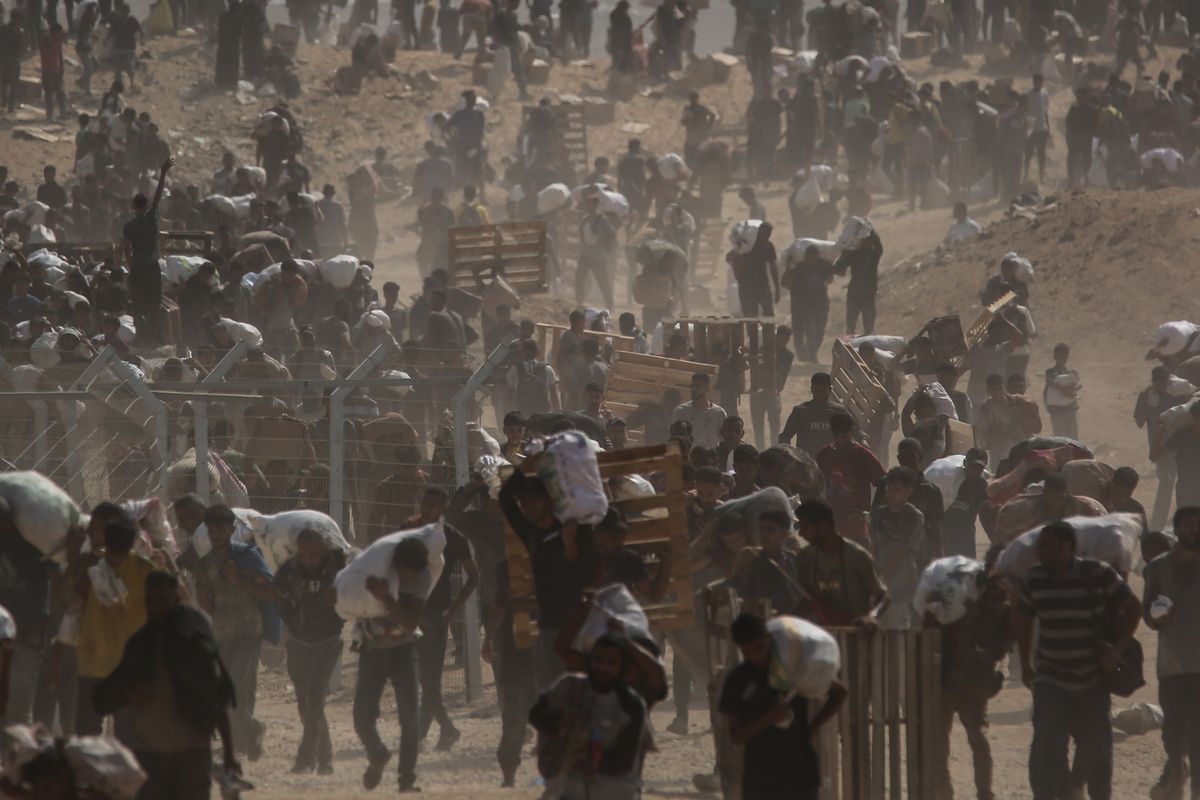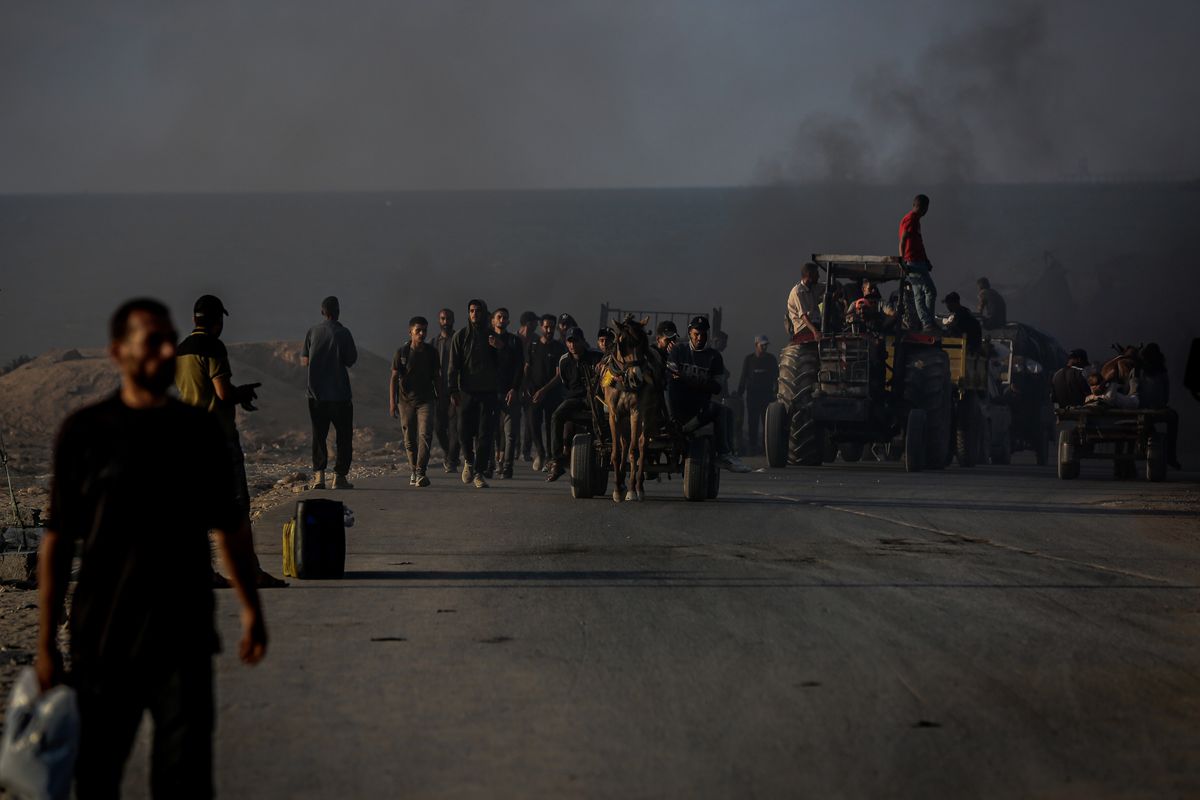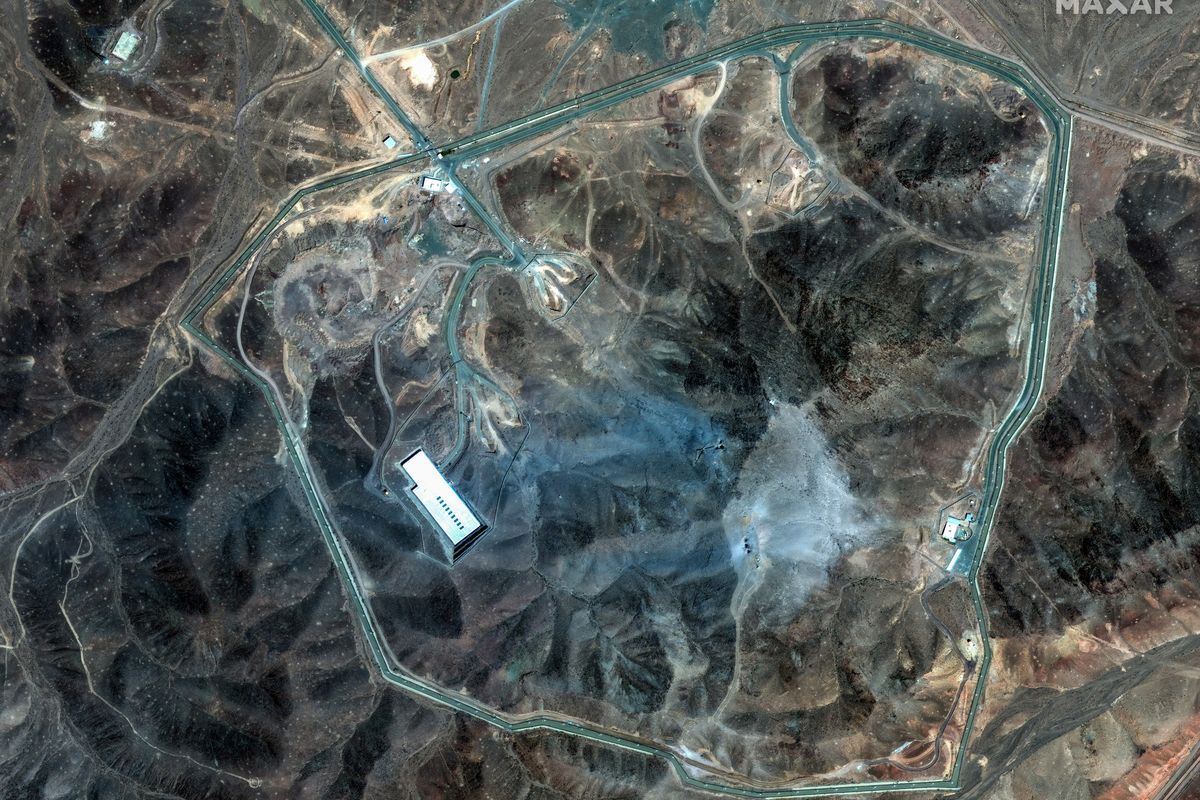Iran’s supreme leader implemented a dramatic overhaul of Iranian military leadership in June 2016, and in so doing, effectively consolidated control of the Iranian military into the hands of a small network of senior Islamic Revolutionary Guards Corps (IRGC) commanders. This same network of IRGC commanders have been the driving force behind Iran’s recent provocations in the Strait of Hormuz, and they are likely to use their increased influence to further institutionalize this behavior in Iranian military doctrine.
Supreme Leader Ali Khamenei announced his first major military change on June 28, appointing IRGC Maj. Gen. Mohammed Bagheri to replace the ailing Maj. Gen. Hassan Firouzabadi as Chief of the Armed Forces General Staff (AFGS).
The AFGS serves as Khamenei’s general staff for both the IRGC and Iran’s conventional military force, known as the Artesh. The Chief of the AFGS reports directly to Khamenei. The AFGS structures and functions closely resemble those of a Western military staff, and its officers are charged with ensuring maximum efficiency and effectiveness of Iran’s military intelligence, operations, logistics, and training.
Khamenei’s second major change was the appointment of IRGC Maj. Gen. Gholam Ali Rashid to command the Khatam ol-Anbia Central Base (KACB). The KACB is Iran’s highest echelon headquarters and is responsible for commanding all military elements – IRGC and Artesh – during combat operations. The KACB Commander sits atop the Iranian operational command hierarchy.
The two appointees have had similar career trajectories and share several personal ties. The IRGC careers of Bagheri and Rashid span back to the Iran-Iraq War, where they served alongside one another and many of the IRGC’s present-day leaders, including the current commanders of the IRGC and IRGC Qods Force. These ties are the roots of the informal influence network of senior IRGC commanders that now dominates the AFGS, KACB, and IRGC.
How will the IRGC’s consolidated influence over the Iranian military affect its actions in the Strait of Hormuz? The IRGC will likely seek to normalize its hostile operations against foreign forces in the Strait. Through such actions, the IRGC can cast itself as a powerful military force in the Persian Gulf while increasing the cost and risk of the U.S.’s naval presence, twin components of a single strategic objective: achieving a dominant role in regional affairs for the Islamic Republic.
These actions have the added benefit for the IRGC of disrupting their opponents’ – President Hassan Rouhani and his allies – efforts at limited rapprochement with the U.S. and the West, which the IRGC’s leadership perceives as a threat to maintaining the revolutionary status quo and by extension, their political and economic interests.
The absence of an immediate military threat in the wake of the Iran nuclear deal has created a more permissive environment for the IRGC to assert itself militarily in the Strait of Hormuz. Before tensions gave way to diplomacy, a strike on Iranian nuclear facilities seemed inevitable, and a broader strike to disable Iran’s military seemed possible. Implicit was an even greater threat that Iran’s nuclear program might be used as a pretext to initiate action against Iran were it seen as crossing redlines elsewhere. This threat has dissipated significantly, as, of course, the nuclear deal intended. But as a second-order effect, Iran and the IRGC have greater opportunity to experiment with military escalation in the Persian Gulf and elsewhere as a means of expanding Iran’s regional influence.
In fact, incremental expansion of its expeditionary military activities has proven incredibly effective for the IRGC over the past decade. Once the IRGC operated only in the shadows of neighboring conflicts; officials in Tehran now boast openly of Iranian military activities in Iraq and Syria and the heads of their regional proxies meet with senior officials in Tehran.
IRGC provocative action against foreign forces in the Strait of Hormuz and Persian Gulf is not a new phenomenon. The IRGC detained British service members on three different occasions between 2004 and 2009, harassed U.S. vessels with fast boats in 2008 and 2012, and threatened to close the Strait on numerous occasions. But the frequency and range of IRGC action in the Strait against U.S. forces this past year are unprecedented. Between December 2015 and September 2016, the IRGC has fired unguided rockets in the vicinity of U.S. warships, dispatched vessels to monitor a U.S. warship transiting the Strait, harassed another U.S. warship on a separate occasion, and threatened two U.S. patrol aircraft flying over the Strait.
Elsewhere in the Persian Gulf during this period, IRGC Navy elements seized ten U.S. sailors who had entered into Iranian territorial waters. The supreme leader praised this action and awarded the IRGC Navy Commander and others involved the Fath 1 medal, one of Iran’s top military honors.
Most experts agree that the IRGC’s capability to seriously disrupt global shipping through the Strait of Hormuz for any extended period of time is limited. But this reality has not and will not prevent the IRGC from pushing the boundaries of provocative military action in the Strait of Hormuz.
With two of the IRGC’s senior-most commanders standing atop the Iranian military hierarchy, and the supreme leader openly expressing his support for hostile action in the Persian Gulf, there are fewer obstacles to and more advocates for these provocations. So long as the Iranian military leadership view such provocations as serving their strategic objectives, the Strait will continue to be a potential flashpoint for broader conflict.
The views expressed above are those of the author alone.











